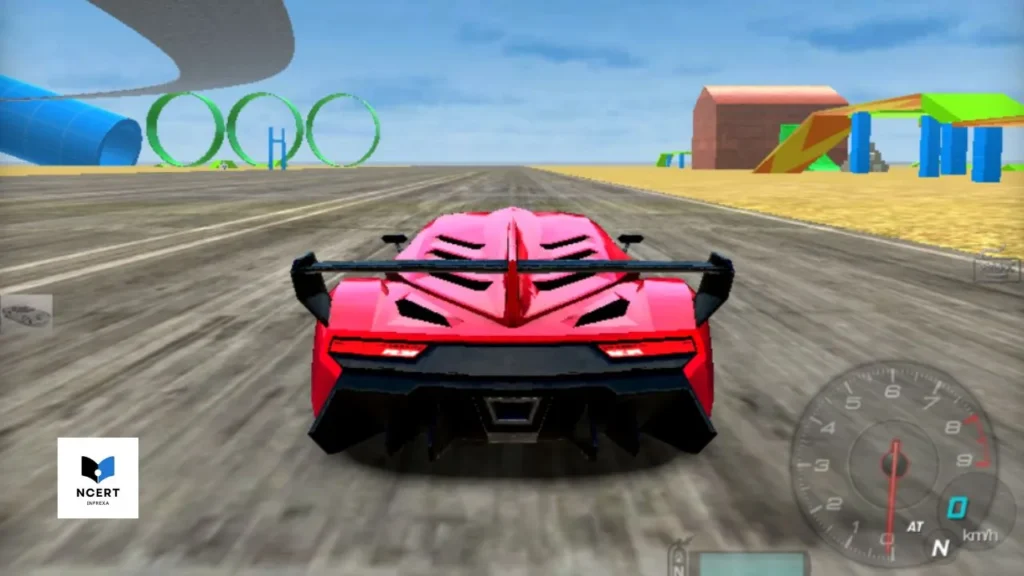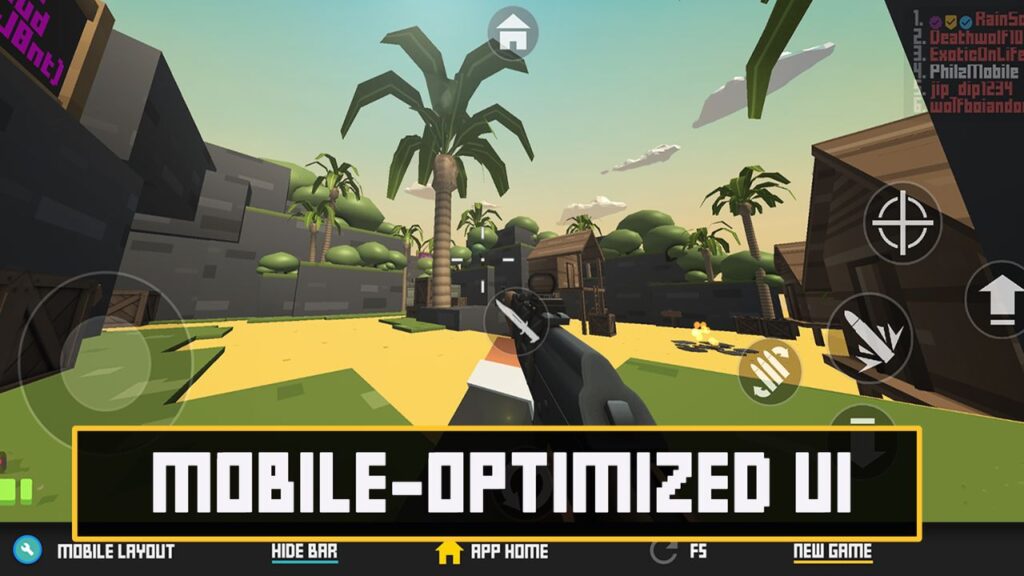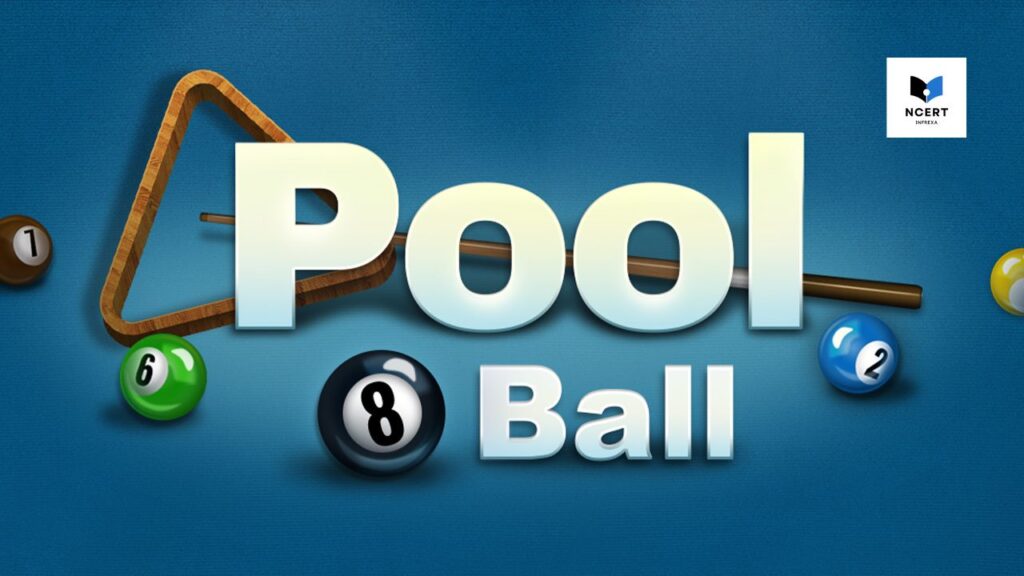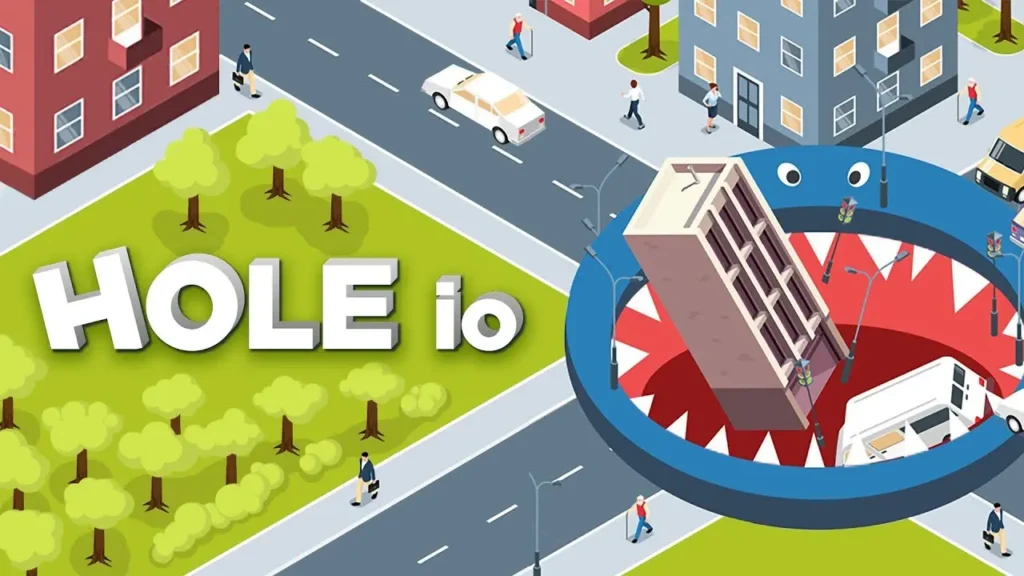Madalin Stunt Cars 2 (MSC2) is a highly popular 3D open-world driving sandbox developed by Madalin Games (Romania) and released in July 2015. Available primarily on Web Browsers (Desktop/Mobile), the game distinguishes itself by discarding traditional racing rules and focusing entirely on physics-driven stunt execution within three massive arenas. MSC2’s enduring appeal lies in its combination of realistic car models with wildly impossible tracks, fostering a culture of creative driving and synchronized multiplayer chaos.
Game Overview and Modes
The game’s core objective is free-form, focusing on exploration and high-risk stunt execution. There are no missions or formal scoring systems; players define their own goals.
MSC2 offers two main avenues for play: Single-player and Multiplayer. The Single-player mode provides access to the three extensive maps, allowing players to practice advanced stunt lines and master vehicle physics without interruption. The Multiplayer mode is the true heart of MSC2, hosting public and private lobbies where players gather for synchronized stunts, high-speed duels, and shared, chaotic exploration. Unlike formal racing titles, MSC2’s multiplayer is a pure sandbox environment.
The foundational driving physics are robust, requiring genuine skill in weight transfer and power sliding. Players have immediate access to a large garage of vehicles, each exhibiting unique handling that fundamentally changes the approach to stunts.
Gameplay Mechanics
The gameplay is about precise control over momentum and vehicle orientation. Driving inputs are entirely manual, requiring constant attention. The Drift mechanic (Spacebar) is crucial not only for cornering but for initiating necessary stunt rotations. Successfully clearing the longest gaps often requires activating the Nitro (Shift/N) just at the moment of launch. Since the game features structural damage physics that can end a stunt, maintaining control is paramount.
The key to high-level play is mastering air control. When airborne, a car’s pitch and yaw are directly influenced by the momentum carried off the ramp and any directional input. A fundamental necessity is using subtle taps of the accelerate (↑) or brake (↓) key mid-air to correct the pitch and ensure a four-wheel landing, which is the only way to minimize shock and avoid the catastrophic event of a flip.
Controls
| Action | Desktop Key (Primary) | Expert Function and Insight |
| Accelerate | ↑ (Up Arrow) / W | Controls forward momentum. Controlled bursts are safer than full throttle near ramps. |
| Brake / Reverse | ↓ (Down Arrow) / S | Stops or reverses the car. Crucially used for mid-air pitch correction. |
| Steer | ←, → / A, D | Standard directional input. |
| Handbrake / Drift | Spacebar | Initiates the power-slide. Essential for advanced cornering and initiating aerial rotations. |
| Nitro Boost | Shift / N | Massive, temporary speed boost. Use for ‘Second Jump’ aerial height. |
| Reset Car | R | Resets the car to an upright position. Necessary after any catastrophic stall or flip. |
Vehicles and Customization
All vehicles in MSC2 are unlocked from the start, allowing players to immediately experiment. Vehicle choice is highly strategic, as the performance differences directly impact stunt capability.
The garage is broadly divided into two performance tiers:
- Supercars (e.g., Bugatti Veyron, Lamborghini Aventador): These vehicles offer extreme top speeds (exceeding 350 km/h or 220 mph) and sharp handling. However, their lighter mass makes them highly susceptible to being flipped by small bumps or strong air turbulence. They are best reserved for top-speed runs and clearing the longest gaps.
- Muscle Cars (e.g., Dodge Charger, Ford Mustang): These cars feature lower top speeds but offer superior stability and mass. This makes them the preferred choice for technical driving, sustained, controlled drifting, and ensuring smoother landings on massive ramps.
Players can apply full color customization to both the body and the rims of any selected vehicle.
Advanced Strategies
Experienced players master techniques that manipulate the game’s physics to maximize control and air time.
Air Control and Stabilization
The Pitch Correction technique is vital. When the car leaves a ramp at an undesirable angle, the player must immediately counteract it: if the nose is too low, a quick tap of the ↑ (accelerate) key pulls the nose up. Conversely, if the car is over-rotating backward, a tap of the ↓ (brake) key pushes the nose down. This balance ensures the necessary four-wheel landing. For players attempting intentional spins, initiating the maneuver by holding the steer key (← or →) during launch will transfer lateral momentum into a consistent, rotatable barrel roll.
Momentum and Nitro Usage
Effective Momentum Management means knowing when to apply and when to cut power. The Nitro Boost has a secondary use as the “Second Jump“; by activating Nitro just as the front tires leave a ramp, players achieve a substantial vertical velocity increase, allowing them to clear gaps previously deemed impossible. Furthermore, an expert will avoid full acceleration before a ramp and instead hit the launch point with controlled speed, tapping the throttle right before takeoff to regulate air height.
Vehicle-Specific Stunt Application
Experienced players select their vehicle based on the map’s requirements. For example, the Bugatti Veyron is the undisputed choice for maximizing speed in multiplayer races or clearing the very longest single jumps due to its velocity. However, a Muscle Car is the better choice for the technical, high-altitude platform courses where stability and controlled deceleration are prioritized over raw speed.
Walkthrough and Progression
The game’s progression is tied to mastery of vehicle control across increasingly complex maps.
- Early Stages (Fundamental Control): The initial focus should be on internalizing the precise function of the Spacebar (Drift) and using the controls to navigate basic ramps and small stunt areas. This stage is about building muscle memory for immediate correction.
- Intermediate Stages (Air Mastery): Players begin tackling the large loops, half-pipes, and medium-sized ramps. This requires consistent application of Air Control to successfully execute flips and land safely without losing the vehicle’s momentum.
- Advanced Stages (Stunt Chaining): Mastery is achieved when players can seamlessly chain multiple maneuvers, drifting into a ramp, performing a multi-flip, and landing on a narrow platform—all while maintaining high speed and precision across the most challenging sections of the map.
Platforms and Availability
Madalin Stunt Cars 2 is a web-based, accessible game. It requires no downloads and runs efficiently across most desktop, laptop, and modern tablet web browsers. It is available on numerous reputable gaming portals. For the best experience, players typically utilize the full-screen mode to maximize visibility of the expansive stunt environments.
Alternative Games
Players who find the open-world physics and driving freedom of Madalin Stunt Cars 2 appealing may also enjoy these related titles:
- Drift Hunters: A purely skill-based game that features sophisticated drift physics and comprehensive vehicle tuning, focusing on high-score combo execution.
- Drive Mad: A 3D obstacle course game that demands extreme precision and balance, offering a technical, low-speed challenge that contrasts with MSC2’s high-velocity gameplay.
- Eggy Car: A simple but rewarding physics challenge that requires slow, careful throttle management to maintain balance over extremely bumpy terrain.
Conclusion
Madalin Stunt Cars 2 earns its lasting popularity by offering instant, consequence-free fun within a well-executed 3D environment. Its strength lies in its robust physics engine, which rewards players who dedicate time to mastering advanced Air Control and Drifting techniques. Whether enjoyed alone or in the lively multiplayer lobbies, the game remains an enduring classic for high-skill stunt enthusiasts and those seeking pure, creative driving freedom.






![Monkey Mart [Full-Screen] - Infrexa](https://ncert.infrexa.com/wp-content/uploads/2023/04/Monkey-Mart-Full-Screen-Infrexa-1024x576.jpg)